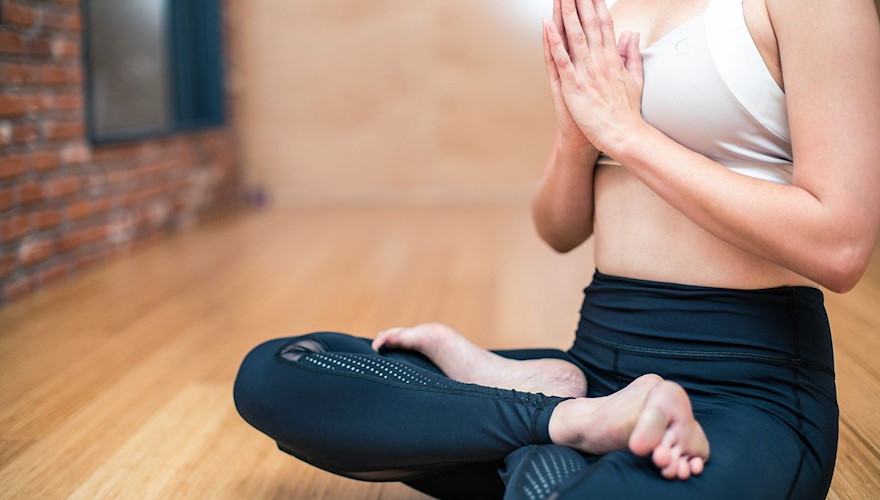With healing art for happiness?

What does the doctrine of happiness from the Far East do?
"THERE IS NO WAY TO HAPPINESS. HAPPINESS IS THE WAY." Buddha
In many respects, we have long distinguished our world into the western and eastern territories. While the West, including Europe and America, are more associated with economics, capitalism and conventional medicine, the East is often associated with spirituality and alternative paths. The material focus of the West has long since spread over the entire Earth and has also arrived in the East. But does he really make you happy in the long run? Or must we first seek happiness within ourselves before we can find it in worldly goods? A look at the teachings of Feng Shui, Ayurveda and QiGong shows where happiness is really hidden and how we tickle it out.
FENG SHUI - What is it?
Feng Shui is a harmony teaching from China that is over 3,500 years old. Most people immediately think about changing furniture. Originally, the teaching was used for the planning of burial sites and in Chinese garden art. Today, the main thing is to bring man into harmony with nature. According to Feng Shui, all things in the world are assigned to five basic elements (fire, metal, earth, wood and water). They are charged with positive or negative energy (chi) and can carry either yin or Yang attributes. Feng Shui wants to achieve a balance between the elements. This balance means happiness and spiritual growth.
Feng Shui & Happiness
According to Feng Shui, a person can direct his life in the direction of happiness. Which direction this is, determines your own year of birth. Depending on the result, each person belongs to either the eastern or western group. The East group is assigned the lucky cardinal directions north, east, southeast and south. To the western group, the cardinal directions southwest, northwest, west, northeast bring good luck. If important activities such as sleeping, eating and working are carried out in the appropriate direction, this promotes positive progress according to Feng Shui. So if a player is looking for the right place at the table in the casino very slowly and deliberately, this may even have to do with Feng Shui. But only maybe.
AYURVEDA - What is it?
It is a traditional Indian healing art. In Europe, we know Ayurveda mainly from the wellness temple and less from the doctor. Ayurveda means life wisdom or life science. It is a combination of experiential values and philosophy that focuses on the physical, mental, emotional and spiritual aspects that are important for human health and illness. Ayurveda has a holistic claim and wants to bring body and mind into harmony. This is done through Ayurvedic massage and cleansing techniques, nutrition, yoga practice and herbal medicine.
Ayurveda & Happiness
The Ayurvedic Happiness Formula states that mental health and discernment promote physical health and allow us to experience deep happiness. Body and mind are therefore an inseparable unit. The teaching is divided into so-called doshas. These represent the different life energies that must be brought into balance. This happens, among other things, through happiness-promoting behavior. These include, for example: friendly speech, spending time with children and sages, charity, eliminating time for meditation, spontaneously perceiving positive and being without anger. In addition, the teaching says that properly digested food and good sleep lead to happiness. In the end, it's a lot about frugality and finding happiness in yourself.
QIGONG - What is it?
The teaching describes a Chinese form of meditation, concentration and movement in which breath, movement and imagination are methodically used to bring the body into harmony. Most of us immediately think of the strange-looking people we often observe in parks while making funny movements in slow motion. The goal of QiGong is to strengthen the vital energy of a person and thus make him healthy. The Qi or "chi" already plays an important role in Feng Shui. It describes our life energy.
QIGONG & Happiness
The healing movements of QiGong are supposed to lead people to happiness. Many also claim that they are looking for happiness. The exercises are often named after animals and imitate their movements. So do not be confused if someone invites you to a crane course in this context. The exercises are mainly about focusing on your own body and soul. It is a form of moving meditation. Happiness here lies away from all material desire.



